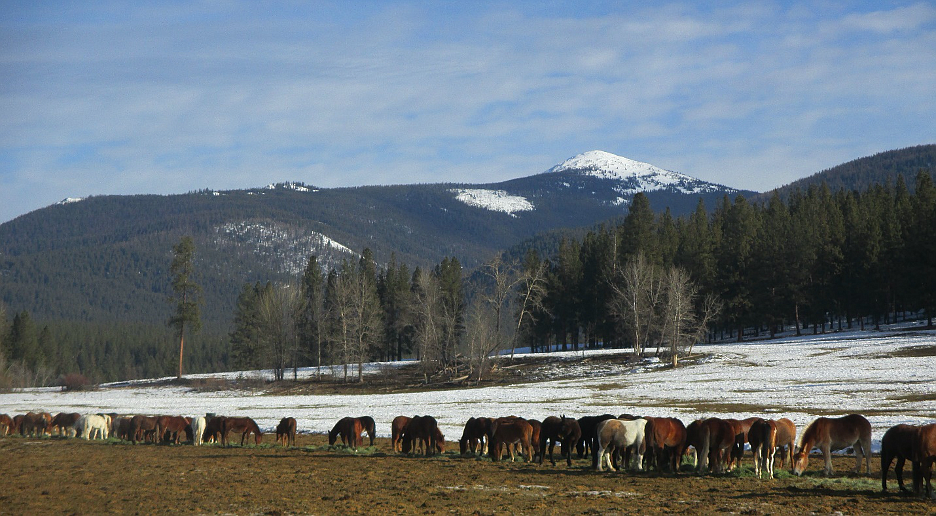Stock animals winter at Ninemile Depot and Ranger Station
Mineral Independent
As the leaves change color and the geese fly south, U.S. Forest Service mules and pack horses arrive at the Ninemile Remount Depot and Historic Ranger Station for wintertime just like clockwork...
Become a Subscriber!
You have read all of your free articles this month. Select a plan below to start your subscription today.
Already a subscriber? Login



